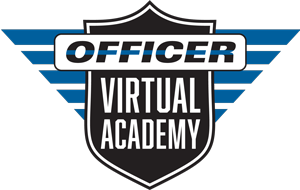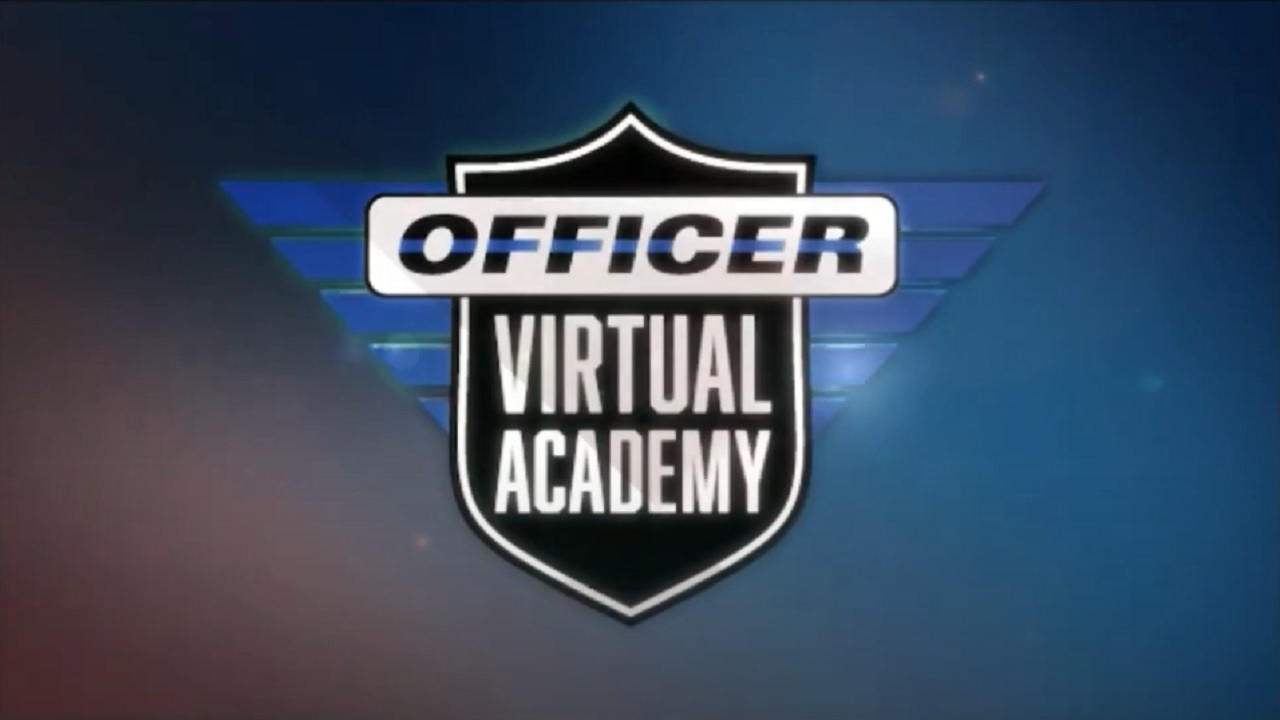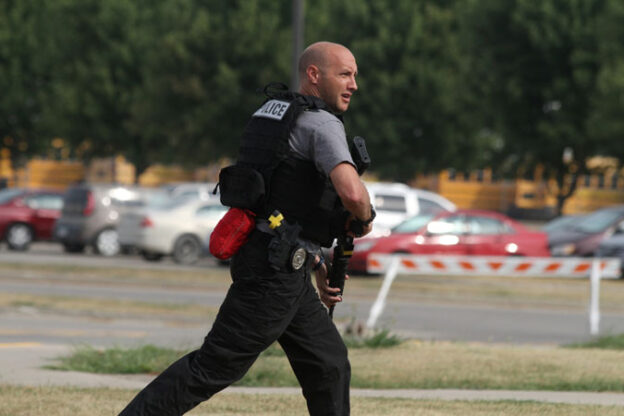This is an online only (virtual) training course that reviews some historical active shooter events and how law enforcement response has evolved as a result. The course covers definitions, lessons learned, equipment needed, response options dependent on manpower and the need to recognize transition options if the incident changes during response.
The course includes Six training videos. The total viewing time for the videos is approximately one hour and 20 minutes broken down into six segments (average is 13 minutes per segment). For viewer’s reference there is also a downloadable PDF version of the PowerPoint presentation, perfect for use in taking notes. A course syllabus and extra reading resources are also included in the training materials.
If there are any questions with regard to the content, please contact the instructor:
Lt. Frank Borelli via email to frank@officer.com.
Course Location:
This is a virtual course, offered online only and available to registered users of the Officer Virtual Academy at all times.
Course Description:
This course of instruction reviews some historical active shooter events and how law enforcement response has evolved as a result. Opening with a discussion of definitions, the program moves through common basic response protocols, necessary equipment, lessons learned and more. There is an examination of past active shooter ages and the emotional trauma law enforcement can experience as a result of dutiful response. Finally, the course discusses response variations dependent on manpower and what the transition may be to delivering care after the threat is neutralized.
Prerequisites:
There are no prerequisites for attending this program.
Course Sequencing:
This course is a personal-knowledge-only (no continuing education or in-service credits) program. It is recommended that the student officer view/attend the following courses before viewing this one:
Course Objectives:
Upon completion, the student officer will be familiar with:
- Historical overview of active shooter situations
- Police lessons learned from school shootings
- Police priorities during an active shooter situation
- Police equipment and training needs
- Contact/rescue team tactics for immediate deployment
About the Instructors

Lt. Frank Borelli – LE Instructor / Editorial Director
With over 35 years of operational experience and more than 30 years of instructional experience, Lt. Borelli has taught programs involving firearms, defensive tactics, officer survival, active shooter response and more to officers from all levels of government to include city, county, state, federal and military. He remains active in law enforcement, continually training and being trained to keep his skills up to date and sharp.
Image credit: ID 190839361 © Michael Rolands | Dreamstime.com
Course Content


